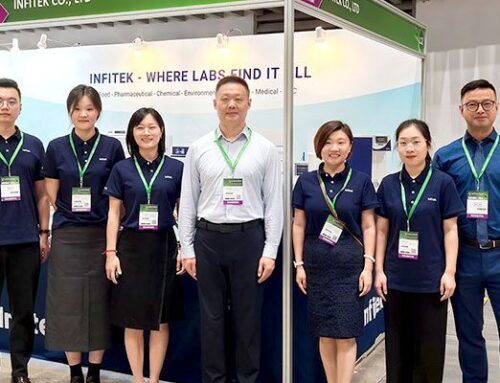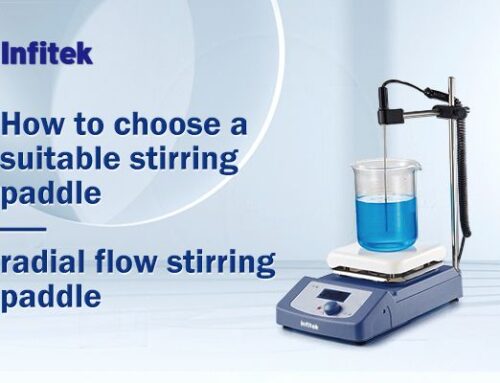When you trust your cells and cultures to an incubator, you need well-designed, properly functioning laboratory incubators to help you worry less. Your cells and cultures will grow well, contamination will occur less often, and maintenance will be simple and easy.
With so many different incubators on the market today, there are many options from which to choose. Here are some important questions to ask:
Is CO2 control required?
What temperature set points or ranges are needed?
How much space (chamber size) will you need?
Do you prefer benchtop, stackable or floor units?
What temperature stability and uniformity is required?
Do you need humidity control?
Is gravity convection adequate or will forced air circulation be needed?
What other features (decontamination cycle, monitoring, access ports, internal glass door, copper interior) are wanted or needed?
CO2 Incubators
Direct Heat or Water-Jacketed?
Consider your application to decide between direct heat vs. water-jacketed incubators. Water-jacketed technology offers faster temperature recovery and will maintain temperatures longer during a power failure, but cannot offer a high-temperature decontamination cycle. Direct heat offers the option of push-button sterilization/decontamination routines.
TC or IR Sensor?
Select the CO2 sensor best suited for your application. Traditional IR sensors typically have a faster response time, but are more expensive and may require frequent bulb replacement. TC sensors are more robust and need very little maintenance.
Variable O2 Control?
If your cells need to grow under conditions that mimic their native or in vivo conditions, then controlling the oxygen levels can help your cells grow faster and healthier.
Contamination Control?
Leading contamination control technologies include HEPA filters to achieve ISO 5 or Class 100 air, 100% copper interiors, and high-temperature sterilization.
Microbiological Incubators
What Temperature Range?
If a temperature at or below the ambient (30°C) is needed, choose a low temperature or refrigerated incubator. If the temperature needed is 30°C or greater, then a standard or microbiological incubator will be adequate.
Gravity or Forced Air Flow?
Two types of convection or air flow are usually available with incubators. Gravity flow incubators have no fans or mechanism to move the air; the circulation is based on the laws of physics (hot air rises, cool air falls). An active or forced air flow will enhance the temperature uniformity throughout the chamber, but can also create a drying effect over time. Some forced air incubators have an adjustable fan so that the negative effects of either option can be moderated. Gravity convection models are also more budget-friendly.
Low Temperature/Refrigerated Incubators
What Cooling Type?
Cooling is accomplished by using either a compressor or a thermoelectric/Peltier device. A compressor allows the unit to reach temperatures down to 0°C or lower; a Peltier device is much more energy efficient and does not use any refrigerants, although it can be more expensive to purchase.
Environmental Chambers
Humidity Control?
If precise humidity control is required, consider purchasing an environmental chamber, which can offer a very specific controlled environment.
Other Features and Considerations
Internal Doors — Some incubators have interior glass doors that allow the contents to be seen without fully opening the incubator and affecting the temperature.
Ports and Outlets — Choose a unit with an access port or internal outlet if you will need to use accessories (like stirring plates or shakers) inside the incubator.
Sizes and Placement — Incubators are available in a range of capacities, from 1.4 to 40 cu. ft. Determine your current space needs and then allow for future growth or workload changes. If space is limited, incubators can be placed on a permanent or portable bench or on the floor, and stackable units are another option.




Get Social